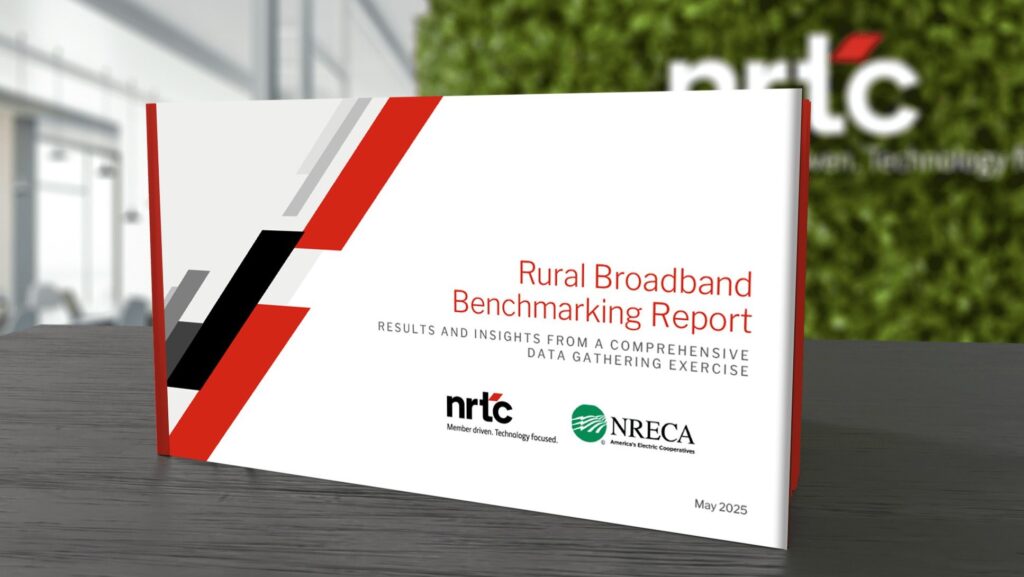Private Radio Networks Could Be Electric Utilities’ Communications Workhorse
Randy Sukow
|

The economic and the practical motivations for consolidating the wireless tasks within a rural electric cooperative are coming together. The combination of available spectrum for utilities, lowering costs for private Long-Term Evolution (pLTE) components the growing ecosystem of 3GPP-compatible devices available make private radio networks a compelling option.
“It’s much more affordable and it makes more business use cases economical, particularly for smaller organizations like electric co-ops … Typically three or four use cases come together to make private LTE worthwhile,” said Joe Walsh, NRTC’s VP, Smart Grid Advisory and Networks (pictured left). Walsh led a panel discussion in “Private LTE, IoT and 5G Networks for Utility Operations: What Are They and Why Are They Important to Co-ops?” – a Wednesday TechAdvantage breakout session.
Look around a typical electric distribution cooperative and chances are that you’ll see plenty of radio-controlled systems. Some will connect meters. Others may link IoT devices to handle tasks such as physical security. A co-op may have a land-mobile radio network for workforce management. Some may even transmit images from high-resolution drone systems to conduct line inspections. Each system operates on its own wireless system.
Perhaps the best demonstration of what private networks can do so far was a pilot conducted by Ameren Corp., a natural gas utility operating in parts of Illinois and Missouri. Ameren was operating 21 separate wireless systems throughout its facilities. During a trial of a licensed 900 MHz pLTE network, it identified 19 of those 21 functions that could potentially move to a single pLTE network. The trial tested 14 of those functions, including AMI and SCADA data transfer, remote substation engineering, internal utility voice communications and others.
“They [Ameren] are almost giddy when they talk about the success they are seeing in private LTE in terms of reducing operational costs,” Walsh said. The utility announced in December 2020 a plan to go forward with pLTE on a 30-year lease of 900 MHz spectrum.
Walsh asked Mat Eshpeter, computer engineering director for the Business Systems Network Strategy and Planning department of IOU Xcel Energy (pictured right, below), which private network use cases seem to be most important. “Distribution automation is at the top of the list … AMI metering actually is a big deal,” Eshpeter said. “AMI and distribution automation/advanced grid are the two killer [apps] for us. They really created the excitement and we’re building even more use cases.”
Private networks were a necessity for Xcel because commercial wireless networks were not available in much of the utility’s service territory, he said. A private network gives you “the same types of capability that the big carriers are offering but you have control over that,” Walsh said. Rural utilities especially need control of where to concentrate network capacity.
As co-ops build pLTE, the levels of interoperability will grow. “When you talk to device manufacturers today, they are not thinking in their own silos,” said Koustuv Ghoshal, VP, consulting for Ericsson North America’s inCode Consulting (pictured right, above). “They’re realizing they’ve got to embed [interconnectivity] into their device, whether it’s a meter or it’s a sensor, and they all have to talk the same language.”


